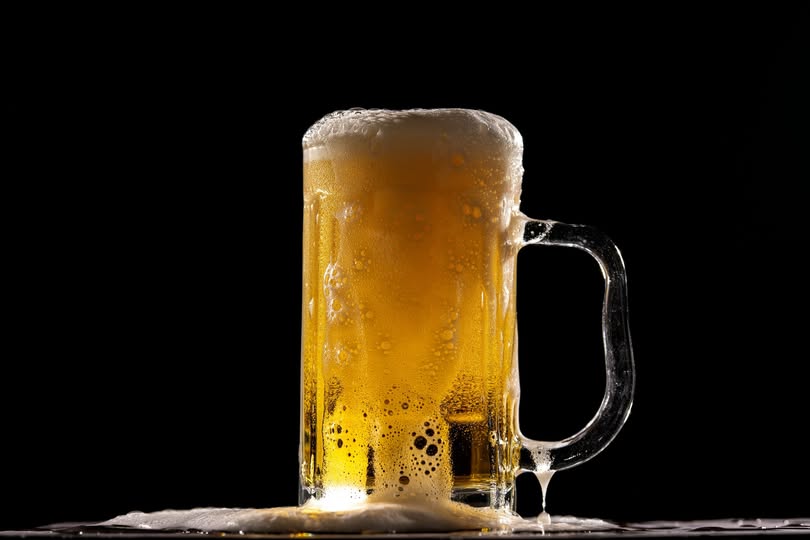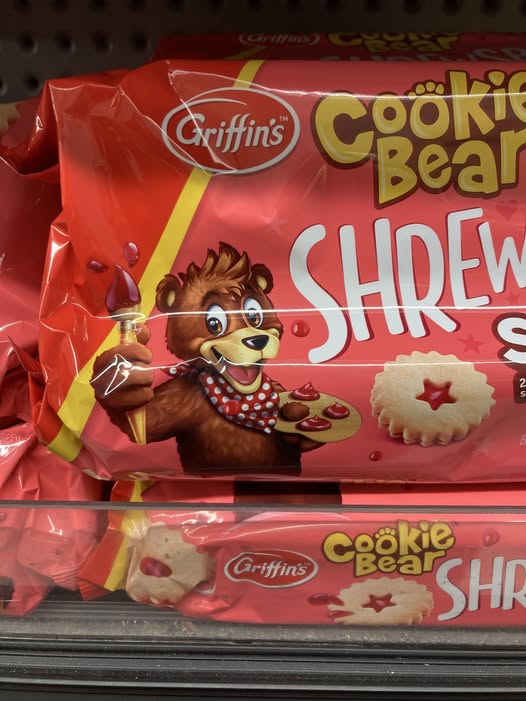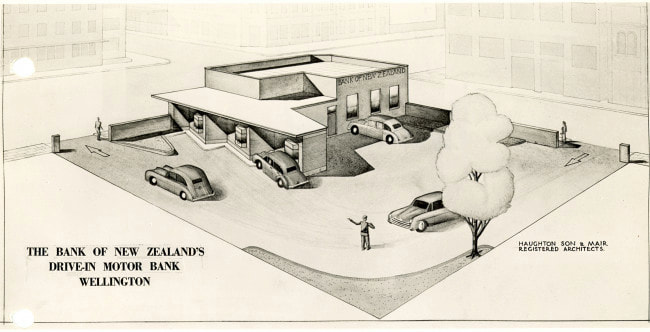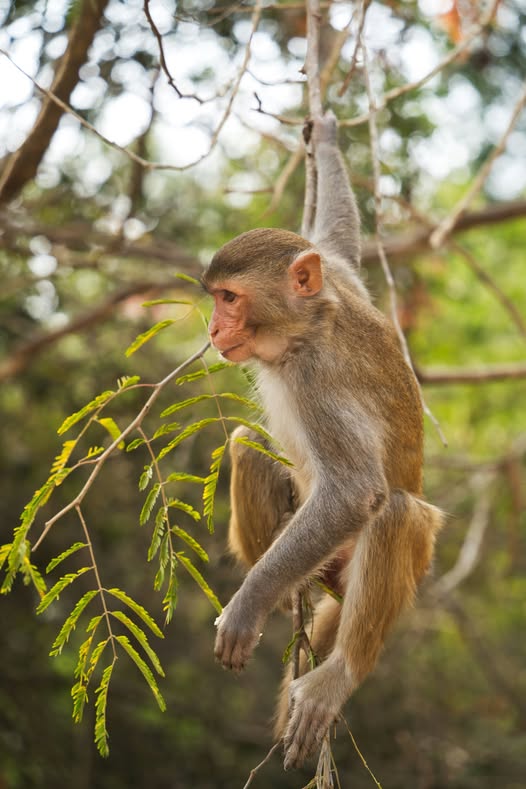|
We all like a good beer, especially on a hot summer's day. But have you ever heard the story about how beer - or rather too much of it - led to a New Zealand Prime Minister?
The election of 1893 was hotly contested and in particular in the Waimata electorate, where Richard Monk won. But there were swiftly allegations of bribery. In particular that one polling place - Tuapaki - was offering beers to voters and the allegations said the beer was in return for votes and that at one hotel - the Falls Hotel in Henderson - people were shouted beers and told to vote by Ernest, the son of Richard Monk. It led to an inquiry in the Supreme Court in which one witness said there was ‘oceans’ of beer. A lot of the talk was about who had done what, were the votes actually bought if the beer could be considered refreshments? There were similar allegations about money being offered although it was unclear whether that was for the beer or for the votes. It caused quite the fuss. Even if it could be considered innocent it looked bad and newspapers of the day covered the inquiry in great detail. In the end the election result was overturned and a by-election ordered. William Ferguson Massey had lost the election in Franklin in the same election. But he was asked to stand again for the byelection. He stood and won - and the man who would be one of our greatest prime minister entered Parliament. Massey had been born in Ireland on March 26, 1856 to John and his wife Mary Anne. His family came to New Zealand in 1863 although Massey stayed behind to finish schooling and came out in 1870. The family were farmers and Massey worked on farms before leasing his own 100 acre property. He married the daughter of a neighbouring farmer, Christina Allen Paul in 1882. His original wooden farm house burnt down and he bought another home in what would become Massey Road in Mangere. In his first term in Parliament Massey was in opposition to the Liberal government of the day but he was a conscientious worker. In 1909 he announced the creation of the Reform Party which in 1911 won more seats than the Liberal Party but did not hold outright power. The Liberals held power for a year until they lost a vote of confidence. Massey was sworn in as Prime Minister in 1912 and guided New Zealand through the war years, only retiring in 1924 when cancer forced him to give up some of his duties. He died in 1925 and was buried on 14 May at Point Halswell at the entrance to Wellington Harbour. Massey University was named for him. Picture by Engin Akyurt.
0 Comments
Does the phrase Dum-de-doo mean anything to you?
It was once so well known that 162,000 of us were fans. But now the ‘person’ whose catchphrase it was is vanishing.. Cookie Bear was so familiar to us as the mascot for Griffins Biscuit and whose face and polka dot bow tie was on all the Griffins biscuits. But he has been around for longer than we think. In the 1930s, Cadbury took over Hudsons - a chocolate and biscuit company here in New Zealand - inheriting the well known biscuit brand that had already been around a while. In the 1970s, Don Donovan from the advertising firm Carlton-Carruthers du Chateau Ltd thought up the idea of the bear and it was all uphill from there. Donovan himself has said he developed the idea first for television - with the first two commercials in black and white. It also included the bear’s deep voice and the dum-de-doo phrase that would go on to be his trademark. He was loved by children and their mums and Donovan said he quickly took on a life outside of the biscuits, becoming a brand in his own right. Donovan said the foundation for Cookie Bear’s success was through the Cookie Bear club - that 162,000 of us joined. Children from all around New Zealand wrote letters to the bear, which went to an internal address at Cadbury who employed four women to handle them, Donovan wrote in his blog. Every child got a card on their birthday. There were of course the uses in advertising, a children’s book written about the bear, soft toys and later a lawsuit for breach of copyright. Of all the biscuits Cookie Bear was associated with, it was the chocolate chip cookies that he was most remembered for. In 1989, Hudson’s was incorporated into Griffins and slowly Cookie Bear began to fade as a brand ambassador. Now, Cookie Bear is gone (except for the pic we managed to take in a supermarket) as he is removed from branding. Griffins announced in April that it was going to refresh its branding and packaging and that means the bear we all grew up seeing will vanish. He will stay only on the packet for the Cookie Bear mini bear biscuit snack packs. So goodbye Cookie Bear. Usually we finish our stories with where a person is buried but unless someone knows where the bear suit someone used to wear is, he is only now in our memories. We think of banks as a necessary evil and there used to be a branch on every corner. Now some towns don’t even have a bank branch.
But once banks worked hard for customers. The Bank of New Zealand has been operating since 1861, first as a private company and later owned by National Australia Bank. It was progressive - it opened the first “Ladies” bank in Auckland on December 14, 1958 on the corner of Queen and Swanson st, catering exclusively for women. BNZ were starting to recognise women - who often had had to have their husbands permission to have a bank account - had their own needs. The Ladies bank had soft armchairs, a fish tank and writing desks. At first competitors were rude about it, but after international publicity it was lauded. The BNZ also opened the first bank in the Antarctic But in 1954 BNZ opened New Zealand’s first “motor bank” - yes, a drive in bank. On Vivian St, the bank was remodelled to allow cars to drive up to a window - armor plate glass in case of robberies - and two way speakers. A sliding drawer allowed exchanges between the teller and the customer in the car. There were several reasons but one of the primary ones was safety. We were a cash only society, and huge amounts of cash were being walked along streets, from shops taking in their daily take or businesses taking out their payroll. The drive in was to help prevent the chance of someone being robbed of the money in the streets. BNZ said customers with mobility issues would be able to bank without getting out of their cars and noted that customers were even using taxis to drive through. It also meant you didn’t need to find a car park to go into the bank. The idea was quickly picked up by other banks. BNZ’s Vivian st one was kept until 1987. The Motor bank was opened by the Mayor of Wellington, Mr R. L . Macalister who said, ‘I feel that I am helping to make banking history in New Zealand’ as he cut the ribbon. In 1966 the same bank became the first to have computers. By then the Vivian St branch had moved to a new building. Robert McLachlan Macalister was the mayor of Wellington from 1950-1956. He had come to Wellington to study law before enlisting in the military for World War I. He and two others founded the law firm Mazengarb, Hay and Macalister, one of the largest law firms in Wellington. He was considered a persuasive and dynamic councillor and mayor. Later he received a knighthood and Macalister Park in Wellington is named after him. He died at his Wadestown home on May 23, 1967 and is buried at Karori Cemetery. Smuggling has been an issue in New Zealand several times. Mostly it’s things like gold, money or alcohol.
But in January, 1942, Wellington had several cases of monkey smuggling. The monkeys, long tailed torque macaques - were brought in by sailors who took them into town inside their shirts, then proceeded to sell them for £1 each in pubs around town. What is not known is how many there were. At the time, while they were not illegal, there were quite a number of rules about having exotic animals as pets and they were expected to be legally imported. The macaques were native to Sri Lanka and were apparently bought there and taken on to a ship that ended up in Wellington. A man in Oriental Bay bought two and a Khandallah man bought another. But there were others and some escaped. It caused a fuss because several of the monkeys were spotted around Wellington. Two were seen in Boswell Tce and Austin St. Another was seen with a man near Parliament on a string. One family in Wellington were just sitting down to breakfast when a monkey strolled in through their door and helped itself to some food, much to the surprise of the family. This led to panicked calls to the Wellington Zoo as it was thought that the group of monkeys had managed to escape. The police got involved and there was a hunt across Wellington to find the furry escapers. At the time the curator for the zoo was Charles Jack Cutler who thought the whole thing was funny. He confirmed that none of the monkeys at the zoo had escaped and said that “Personally, I think that anyone who can put up with a pet monkey in the house for more than a week deserves to be allowed to keep it.” It also prompted an investigation by Internal Affairs as a person who wanted a monkey needed to obtain a permit. A warrant from the Minister of Internal Affairs personally must also be produced and the purchaser has to sign an agreement that the monkey will be kept in a case with a concrete floor and iron bars sufficiently small to prevent them or any of its progeny, however small, from escaping. Unfortunately the stories die away before there was any resolution and we have no idea what happened to the monkeys or if they were ever all caught or confiscated. Cutler, who was also the keeper for the elephant Nellikutha until her death, had been born in 1905 and spent many years at the zoo, at one point even living there. He died on January 13, 1967, and was cremated at Karori Cemetery. Photo by Carl Wong. |
AuthorFran and Deb's updates Archives
May 2025
Categories |




 RSS Feed
RSS Feed